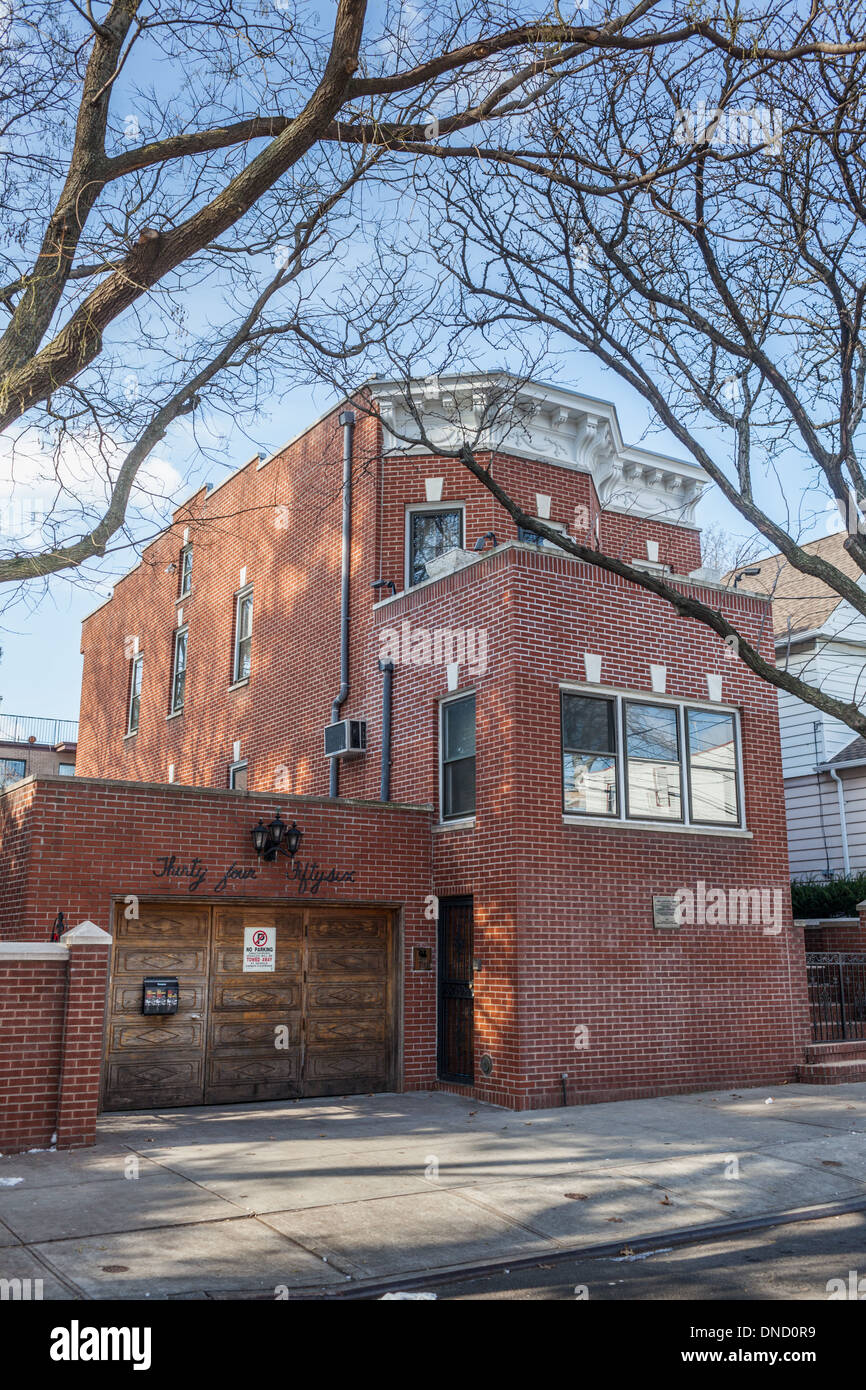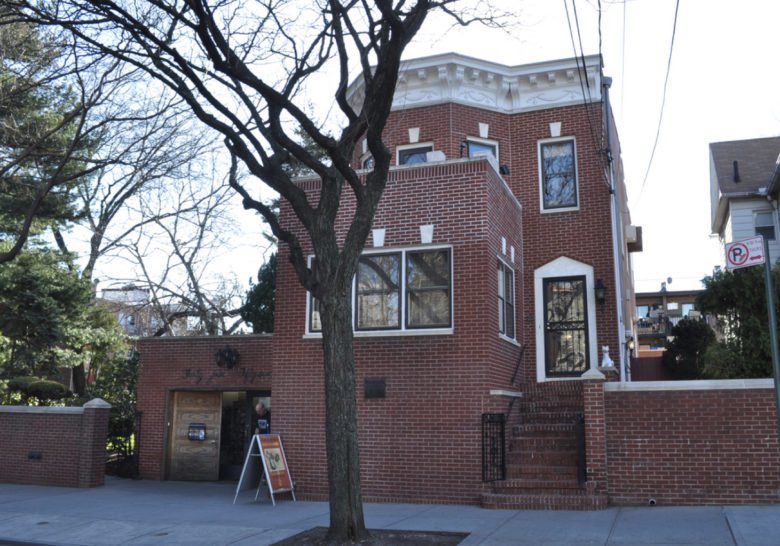Table Of Content

We also provide access to Mr. Armstrong’s extensive archives, develop programs for the public that educate and inspire and host performances with multi-disciplinary artists from around the world. Armstrong was performing at the Brick House in Gretna, Louisiana, when he met Daisy Parker, a local prostitute, and started an affair as a client. He found the courage to look for her home to see her away from work. Not long after that fiasco, Parker traveled to Armstrong's home on Perdido Street.[86] They checked into Kid Green's hotel that evening.
PRESERVING THE LEGACY: LISTENING PARTY
He returned to performing in 1970 but it was too much, too soon and he passed away in his sleep on July 6, 1971, a few months after his final engagement at the Waldorf-Astoria in New York City. Advance ticket purchase required to visit the new Center and the historic house. Tickets are non-refundable, but can be re-scheduled if guests have contacted the museum before the start time of their tour. The 20th century produced no shortage of legendary instrumentalists and vocalists but Louis Armstrong is the only figure who completely changed the way people played music on their instruments and he completely changed the way people sang. Perfecting the concept of the improvised solo, popularizing the use of scat singing, defining the concept of swing–those are just some of the ways Louis Armstrong changed jazz, and American popular music–during his lifetime.
Podcast: The Louis Armstrong House Museum
Ballrooms closed and there was competition from other types of music, especially pop vocals, becoming more popular than big band music. It became impossible under such circumstances to finance a 16-piece touring band. He returned to Chicago in late 1931 and played in bands more in the Guy Lombardo vein and he recorded more standards. When the mob insisted that he get out of town,[66] Armstrong visited New Orleans, had a hero's welcome, and saw old friends. He sponsored a local baseball team known as Armstrong's Secret Nine and had a cigar named after him.[67] But soon he was on the road again. After a tour across the country shadowed by the mob, he fled to Europe.
A Brief History of Scent With Saskia Wilson-Brown

Lucille purchases a house in Corona, Queens, New York City. Louis and Lucille live there for the remainder of their lives. Ten thousand people greet him at the railway station in Denmark. Fires a pistol in the street to celebrate New Year’s Eve. A nearby policeman arrests Louis and the next day he is confined to the Colored Waif’s Home for Boys. Welcome to the Louis Armstrong House Museum’s first virtual exhibit experience.
Louis Armstrong's 'wonderful world' of papers, records, letters at new center in Queens - Newsday
Louis Armstrong's 'wonderful world' of papers, records, letters at new center in Queens.
Posted: Sun, 09 Jul 2023 07:00:00 GMT [source]
Early life
Louis Armstrong Center - US Building of the Week - World-Architects
Louis Armstrong Center - US Building of the Week.
Posted: Mon, 14 Aug 2023 07:00:00 GMT [source]
Performs at the Sunset Café with the Carroll Dickerson Orchestra. Meets Joe Glaser (who will later become Louis’s manager). Briefly leads a band, Louis Armstrong and His Stompers, at the Sunset Café. Records “West End Blues” on June 28, 1928, which is today considered one of the most famous recordings in early jazz. William Armstrong abandons the family during Louis’s infancy.
Grammy Hall of Fame
In the 1959 film The Five Pennies, Armstrong played himself, sang, and played several classic numbers. He performed a duet of "When the Saints Go Marching In" with Danny Kaye during which Kaye impersonated Armstrong. He had a part in the film alongside James Stewart in The Glenn Miller Story.
Armstrong appeared on the October 28, 1970, Johnny Cash Show, where he sang Nat King Cole's hit "Ramblin' Rose" and joined Cash to re-create his performance backing Jimmie Rodgers on "Blue Yodel No. 9". Armstrong was a gifted composer who wrote more than fifty songs, some of which have become jazz standards (e.g., "Gully Low Blues", "Potato Head Blues" and "Swing That Music"). Louis Armstrong was already a worldwide star — a seasoned headliner with a Hollywood profile — when his wife, Lucille, surprised him with the purchase of a modest house in Corona, Queens, in 1943. He got his first glimpse of the place fresh off tour, rolling up in a taxicab. (He invited the cab driver to come in and check it out with him.) "The more Lucille showed me around the house the more thrill'd I got," Armstrong later wrote. Exit on the north side of Roosevelt Avenue, and take the stairs on the left.

New Center Team
Still, after revolutionizing jazz in the 1920s, Armstrong was in the vanguard of black entertainers who crossed over to white mass culture, leading an integrated band, appearing in movies and becoming a regular first on radio and then on television. At its heart, “Pops” is about one of the 20th century’s most interest- ing and enduring popular per- formers, with a compelling life story to match. One week later, 52 years to the day, we made that little kid in the baseball uniform’s sign come true and opened the Louis Armstrong Center to the public! Now that you know this seemingly long but actually brief history of how we got here, visit LouisArmstrongHouse.org and book your tickets to see the Armstrong House and the Armstrong Center today, just as Louis and Lucille would have wanted it. At the time of her death, Lucille was in Boston, attending an annual tribute to Louis at Brandeis University.
Work during hard times
The 1930s also found Armstrong achieving great popularity on radio, in films, and with his recordings. He performed in Europe for the first time in 1932 and returned in 1933, staying for over a year because of a damaged lip. Back in America in 1935, Armstrong hired Joe Glaser as his manager and began fronting a big band, recording pop songs for Decca, and appearing regularly in movies. A widespread revival of interest in the 1940s in the traditional jazz of the 1920s made it possible for Armstrong to consider a return to the small-group musical style of his youth. During the concert, Armstrong and Teagarden performed a duet on Hoagy Carmichael's "Rockin' Chair" they then recorded for Okeh Records.
Appears at the Nice Jazz Festival, the first international jazz festival. Makes his television debut on one of the first television broadcasts; the show is called Toast of the Town (later to be known as the Ed Sullivan Show). Continues to record with the Hot Five (and with the Hot Seven in May, 1927).
Among its steadfast champions was the museum's former Board chair, philanthropist Jerome Chazen, who died last year. That their dream finally came to fruition, after more than two decades of hopeful planning, is a testament to the strength of that vision — and the efforts of those who carried it forward. "We're thankful for the community that raised us up," says Regina Bain, Executive Director of the House Museum. "It's all in the spirit of Louis and Lucille — because they made such an impact on this community, and on this block, that people wanted to fight for this space."
Marries Daisy Parker, a prostitute from Gretna, Louisiana. Lives briefly with his father, William Armstrong, then returns to his mother. Joe Oliver, one of the finest trumpet players in New Orleans, becomes Louis’s teacher and mentor. Delivers coal and sells newspapers to help feed himself, his mother, and his sister. In America, Armstrong had been a great Civil Rights pioneer, breaking down numerous barriers as a young man. In the 1950s, he was sometimes criticized for his onstage persona and called an “Uncle Tom” but he silenced critics by speaking out against the government’s handling of the “Little Rock Nine” high school integration crisis in 1957.
Louis spends the first years of his life living with his paternal grandmother, Josephine Armstrong. After age five, Louis lives in a two room house near Liberty and Perdido Streets with his mother and sister, Beatrice (who was nicknamed Mama Lucy). On New Year’s Eve 1912, he was arrested and sent to the Colored Waif’s Home for Boys. There, under the tutelage of Peter Davis, he learned how to properly play the cornet, eventually becoming the leader of the Waif’s Home Brass Band.
Also seek out their sequels, Ella and Louis Again and Porgy and Bess. For details on availability and pricing, please visit our Group Tour Page and click on the form. Don’t miss this opportunity to witness the fusion of cultures and rhythms as Arturo O’Farrill and ALJE ignite the stage with their passion and artistry, all in celebration of International Jazz Day.
No two rooms are alike — “I guess ‘Rococo’ is the word I could use without losing my job,” Harris said of the overall aesthetic — though many are surprisingly modest, especially given Armstrong’s larger-than-life presence. He is the only person ever to have hit records in the ’20s, ’30s, ’40s, ’50s and ’60s. He played behind the Iron Curtain during the Cold War and in the Democratic Republic of Congo during decolonization in 1960, during which both sides of a civil war called a truce to watch him perform, then picked up fighting again once his plane took off. The gold sconces offer a glimmer of opulence, but the walls themselves are covered in a subdued, cream-colored wallpaper — the same wallpaper that covered them at least 50 years ago. It matches the upright piano standing against one wall, and the two twill couches. There’s also a small TV — one of the first on the block — that sits low to the floor, so that the neighborhood children whom Armstrong would invite over (he never had kids of his own) could sit comfortably on the floor to watch Westerns.

No comments:
Post a Comment